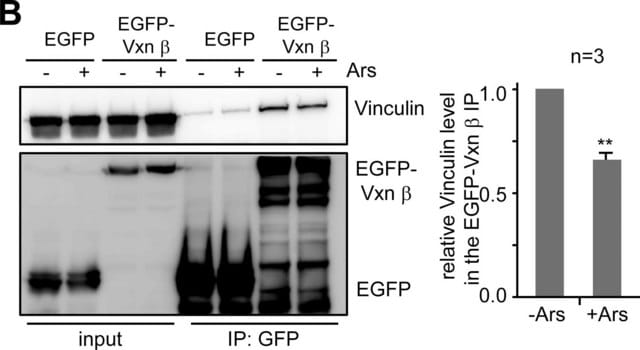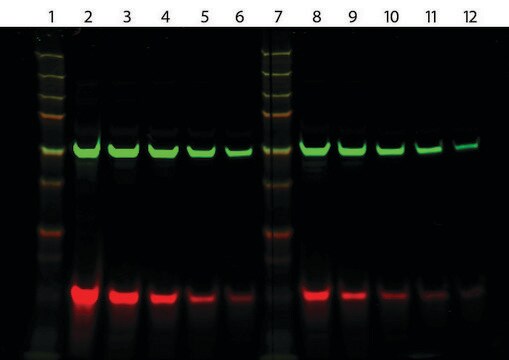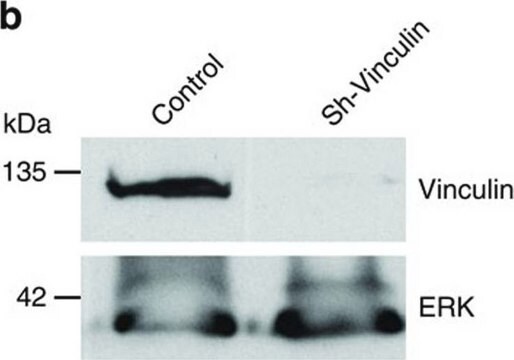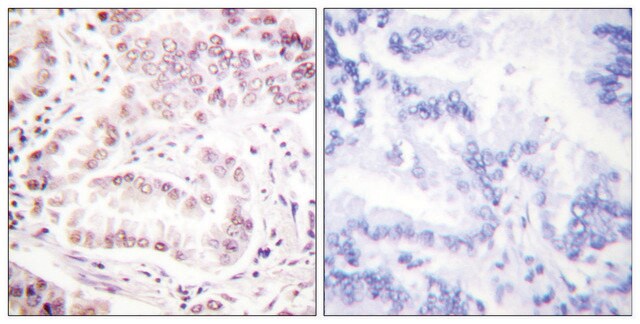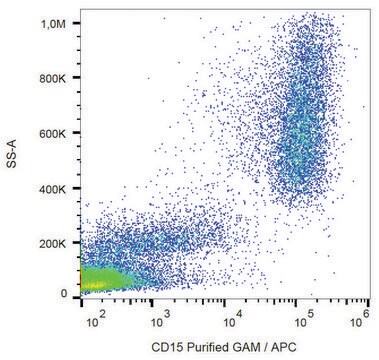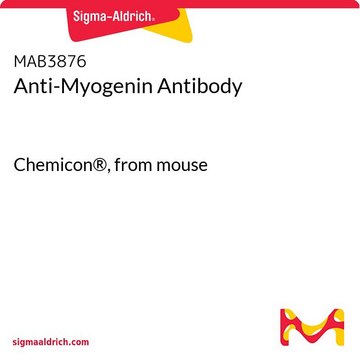SAB4700284
Monoclonal Anti-CD15 antibody produced in mouse
clone MEM-158, purified immunoglobulin, buffered aqueous solution
Sinónimos:
Anti-FUT4, Anti-Lewis x Blood Group antigen
Iniciar sesiónpara Ver la Fijación de precios por contrato y de la organización
About This Item
Código UNSPSC:
12352203
NACRES:
NA.41
Productos recomendados
origen biológico
mouse
Nivel de calidad
conjugado
unconjugated
forma del anticuerpo
purified immunoglobulin
tipo de anticuerpo
primary antibodies
clon
MEM-158, monoclonal
Formulario
buffered aqueous solution
reactividad de especies
human
concentración
1 mg/mL
técnicas
flow cytometry: suitable
isotipo
IgM
Nº de acceso NCBI
Nº de acceso UniProt
Condiciones de envío
wet ice
temp. de almacenamiento
2-8°C
modificación del objetivo postraduccional
unmodified
Información sobre el gen
human ... FUT4(2526)
Categorías relacionadas
Descripción general
Cluster of differentiation 15 (CD15), also known as fucosyltransferase 4 (FUT4)/ Lewis x blood group antigen, is encoded by the gene mapped to long arm of human chromosome 11q21. It is ubiquitously expressed in various tissues such as gastrointestinal tract, brain and leukocytes.
The antibody MEM-158 reacts with CD15, a cell membrane molecule 3-fucosyl-N-acetyllactosamine (3-FAL) strongly expressed on granulocytes, monocytes, macrophages, mast cells; it is also present on Langerhans cells and some myeloid precursors cells.
Inmunógeno
Human granulocytes
Aplicación
The reagent is designed for Flow Cytometry analysis using 10 μL reagent / 100 μL of sample.
Acciones bioquímicas o fisiológicas
Cluster of differentiation 15 (CD15)/fucosyltransferase 4 catalyzes the synthesis of Lex on the surface of the proliferating cells, in organ buds progressing in mesenchyma, during human embryogenesis. Overexpression of the gene has been associated with development of various type of cancers such as colon cancer, pancreatic cancer, gastric cancer and lung adenocarcinoma. siRNAs of FUT1/4 can be used as a potent therapeutic agent in human LeY-expressing cancers.
Características y beneficios
Evaluate our antibodies with complete peace of mind. If the antibody does not perform in your application, we will issue a full credit or replacement antibody. Learn more.
Forma física
Solution in phosphate buffered saline, pH 7.4, with 15 mM sodium azide.
Cláusula de descargo de responsabilidad
Unless otherwise stated in our catalog or other company documentation accompanying the product(s), our products are intended for research use only and are not to be used for any other purpose, which includes but is not limited to, unauthorized commercial uses, in vitro diagnostic uses, ex vivo or in vivo therapeutic uses or any type of consumption or application to humans or animals.
¿No encuentra el producto adecuado?
Pruebe nuestro Herramienta de selección de productos.
Código de clase de almacenamiento
10 - Combustible liquids
Punto de inflamabilidad (°F)
Not applicable
Punto de inflamabilidad (°C)
Not applicable
Elija entre una de las versiones más recientes:
¿Ya tiene este producto?
Encuentre la documentación para los productos que ha comprado recientemente en la Biblioteca de documentos.
Suppression of FUT1/FUT4 expression by siRNA inhibits tumor growth
Zhang Z
Biochimica et Biophysica Acta, 1783, 287-296 (2008)
Brandon G Ginley et al.
Scientific reports, 7(1), 17755-17755 (2017-12-21)
Neutrophil extracellular traps (NETs) are extracellular defense mechanisms used by neutrophils, where chromatin is expelled together with histones and granular/cytoplasmic proteins. They have become an immunology hotspot, implicated in infections, but also in a diverse array of diseases such as
Erin A Henslee et al.
Nature communications, 8(1), 1978-1978 (2017-12-08)
Circadian rhythms organize many aspects of cell biology and physiology to a daily temporal program that depends on clock gene expression cycles in most mammalian cell types. However, circadian rhythms are also observed in isolated mammalian red blood cells (RBCs)
Xiao-Fei Kong et al.
Nature immunology, 19(9), 973-985 (2018-08-22)
Human inborn errors of IFN-γ immunity underlie mycobacterial diseases. We describe patients with Mycobacterium bovis (BCG) disease who are homozygous for loss-of-function mutations of SPPL2A. This gene encodes a transmembrane protease that degrades the N-terminal fragment (NTF) of CD74 (HLA
David Weisenburger-Lile et al.
Neurology(R) neuroimmunology & neuroinflammation, 6(4), e571-e571 (2019-07-30)
To better understand the functional state of circulating neutrophils in patients with ischemic stroke (IS) for planning future clinical trials. We analyzed by flow cytometry activation state of circulating neutrophils and the distribution of neutrophil peripheral subsets in 41 patients
Global Trade Item Number
| Número de referencia del producto (SKU) | GTIN |
|---|---|
| SAB4700284-100UG | 4061832706764 |
Nuestro equipo de científicos tiene experiencia en todas las áreas de investigación: Ciencias de la vida, Ciencia de los materiales, Síntesis química, Cromatografía, Analítica y muchas otras.
Póngase en contacto con el Servicio técnico
